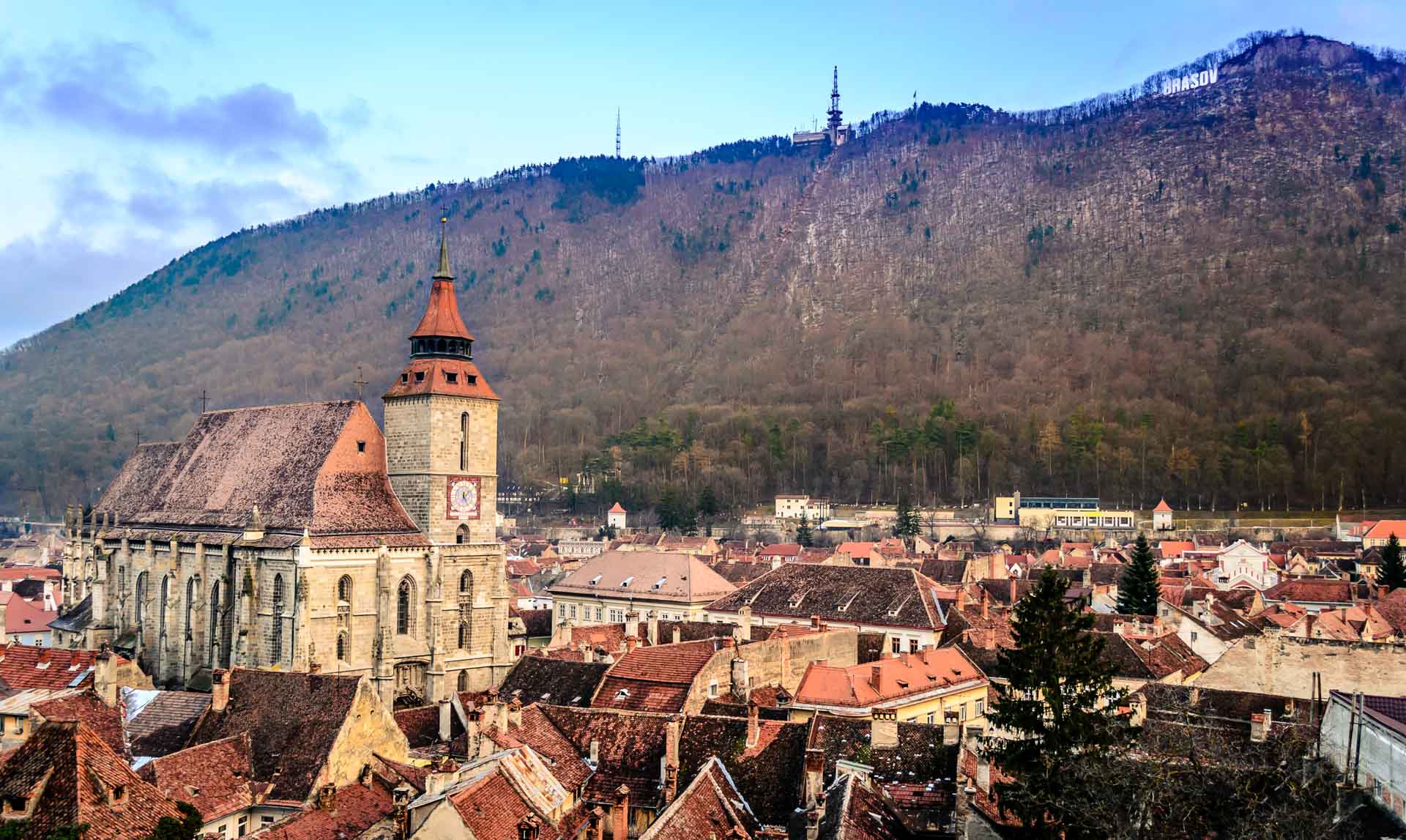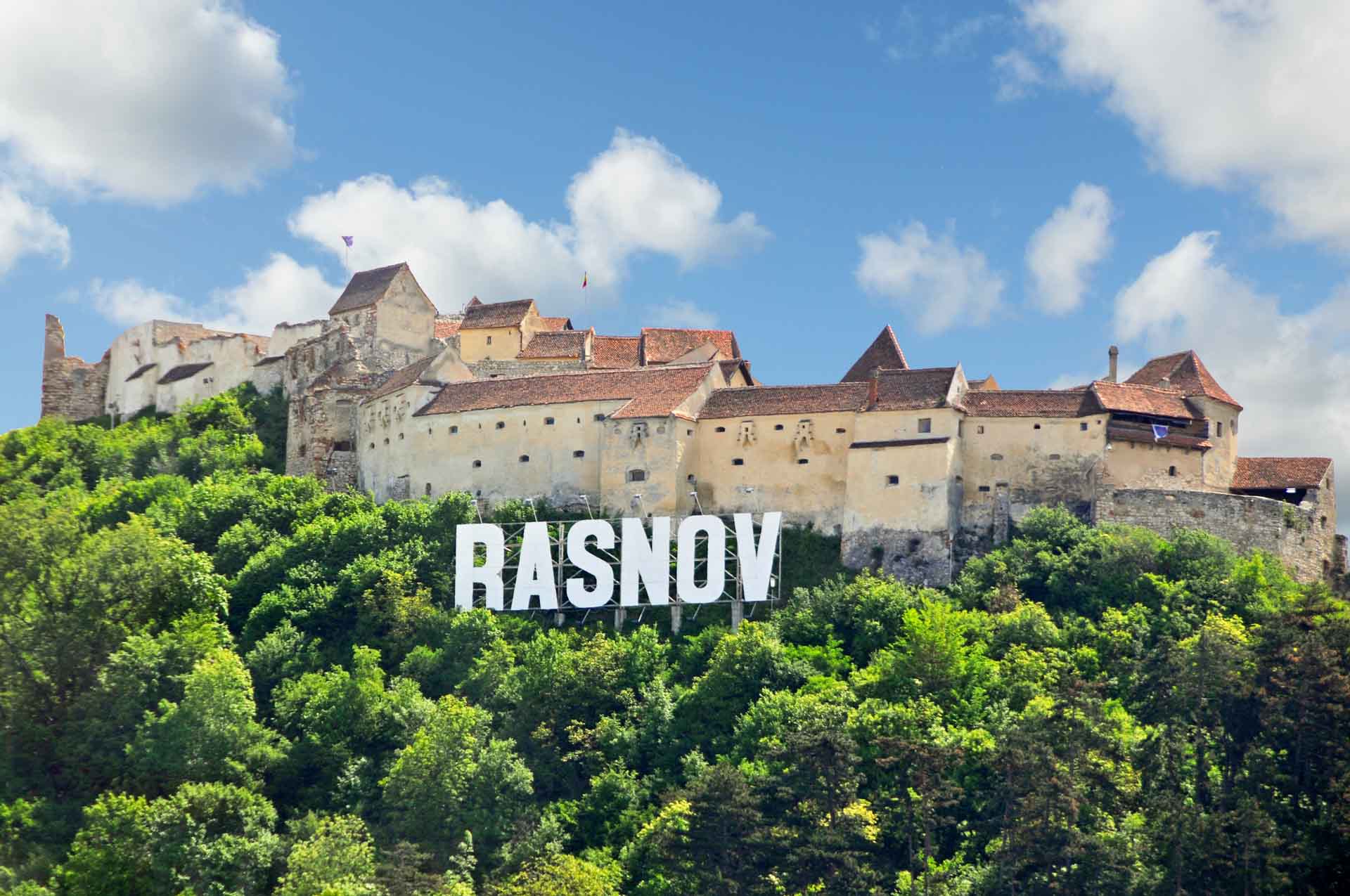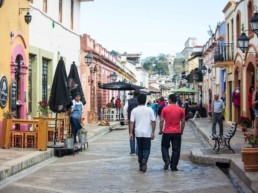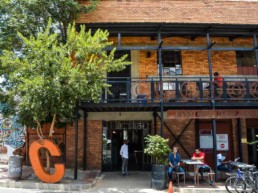Throughout its long and complicated history, Romania has witnessed many twists and turns, invasions and military campaigns, betrayals, and streaks of peaceful prosperity, particularly in the Middle Ages. The arch-shaped Carpathian Mountains offered natural protection for the region known as Transylvania, which is now part of Western Romania. Locals here were mostly preoccupied with agriculture, but where the mountains gave way to valleys and crossings defence citadels were built and nearby settlements were fortified because Transylvania was considered the last line of defence against the continuous expansion of the Ottoman Empire, which is present-day Turkey.
Today, Romania boasts many castles, fortified settlements and cities that have withstood the test of time and have preserved their original architecture, buildings and medieval feeling. On any given day, you can follow fortified walls and defence towers, or wander on cobbled streets filled with colourful and sturdy medieval houses before suddenly emerging into large squares. Visiting Romania will take you on a trip back in time where you can imagine how people lived centuries ago, and if you’re looking for an authentic medieval feeling than start with my local suggestions below.
A Medieval Romania Travel Guide
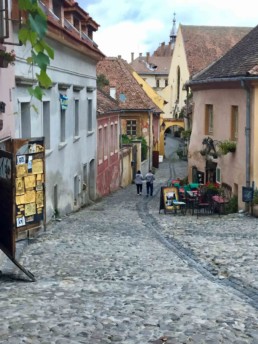
Sighisoara Citadel: A UNESCO gem
Undoubtedly Romania’s best preserved historic attraction, Sighisoara Citadel lies in the heart of Transylvania and was fortified during the mid-12th century. It’s one of Europe’s best preserved medieval cities and its streets are a genuine monument for the multi-cultural heritage of our country and European history. That is why Sighisoara Citadel has been wholly designated as a UNESCO Heritage Site. As if that wasn’t enough, each year the city organises a medieval festival where all performances, displays, events and items for sale are curated to match the medieval atmosphere the city embraces.
Built on top of a hill with views of the entire area, the citadel is surrounded by walls and defence towers, and is, in fact, a city within a city. If you venture down narrow streets and observe the details of colourful houses or prominent buildings, you’ll soon be impressed with how people were so keen on aesthetics 400 years ago. A particular attraction is the 64-metre-high Clock Tower built in the 14th century to defend the main city gate. If you look closely, you will see many figurines on all sides of the tower and, of course, there’s a story behind what each of them represents.
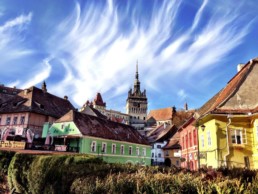
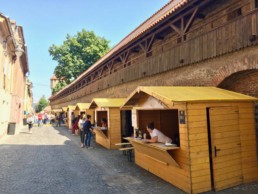
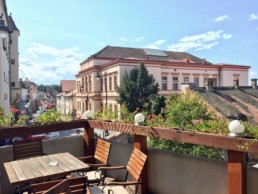
Sibiu: The cultural jewel of Romania
Sibiu is Romania’s darling city. Displaying a combination of progressive German influences and pride for Romanian rural lifestyle and traditions, the city is Romania’s cultural and intellectual cradle. Ranked by Forbes among Europe’s most idyllic cities to live in, there’s always something going on in Sibiu from international jazz and theatre festivals to food markets and open-air concerts, attended by lively crowds and curious tourists. It lives up to its reputation as the European Capital of Culture in 2007.
But make no mistake – Sibiu is over 800 years old and was founded as a military fortress to defend the Olt Valley, which crossed the Carpathians into Wallachia, now Southern Romania. But thanks to its prosperous trade and skilled-in-diplomacy merchants, the city enjoyed a prosperous and relatively unscathed history. There are many legends and stories of how buildings that belonged to various merchant guilds have been upgraded over time into the imposing villas that you can admire today. Just go for a walk in the Old Town and venture onto side streets to see for yourself. The best part? Most of these old houses are filled with small workshops selling handmade trinkets and culinary delights, or hide a cosy backyard garden where you can enjoy a glass of wine wondering how many people have done the same in the exact same spot over the centuries. Other attractions you shouldn’t miss include Bruckhental Museum, Council Tower or Bridge of Lies.
Brasov: Charmingly medieval
Nestled between the Carpathian Mountains lies the city of Brasov, already famous among tourists for its charming medieval beauty. Founded in the 13th century as a mountain outpost, the city quickly became an important trading centre for routes leading into Southern Europe and further East to Asia. Many merchants and craftsmen lived here and the richly decorated and multi-storied houses around the Old Town are evidence of that.
Don’t worry if you get lost on Brasov’s narrow streets – including Rope Street, Europe’s narrowest. You’ll eventually end up against fortified walls or bastions (small fortresses) guarding the inner city. Bastions were named after the merchant guild who managed them and the most popular were Weaver’s Bastion and Tailor’s Bastion, which can also be visited inside. But one thing medieval fans shouldn’t miss is the massive 14th century Black Church, which is also the most famous gothic-era monument in Romania. What’s with the un-church-like name? You need to visit Romania to find out!
Castles? Yes please: Rasnov Citadel
Closing the list is not, as you would expect, the famous Bran Castle also known by its touristic alias: Dracula’s castle. While it also belongs to Romania’s medieval heritage, there’s another site with a more authentic medieval feeling I want to tell you about:
Rasnov Citadel, close to Brasov, was built sometime in the 13th and 14th centuries through the shared efforts of villagers living in the area. It had an important role in defending the area leading further into Transylvania against Ottoman invasions in the Middle Ages. Built on top of a hill with strategic and breathtaking views of the area, the citadel was gradually upgraded and expanded to offer long-term shelter, food and protection to villagers who sought refuge during times of need. It also has a 143 metre deep well that’s still used today. Rasnov Citadel is Romania’s best preserved rural castles and if you want to learn more about our medieval history than this historic attraction is one you shouldn’t miss!
Medieval Romania Travel Guide photos by Romanian Friend and Flickr: Dennis Jarvis and Andrei-Daniel Nicolae
Make your next trip the best one.
Departful is a full service travel agency creating truly exceptional travel experiences that are 100% personalized to you. Wherever you’re going, whatever your interests, we help you plan the perfect trip.
Marius Iliescu
Marius Iliescu is the founder of Romanian Friend, a locally-run platform connecting travellers to handpicked local guides and recommended tours, promoting authentic Romanian beauty & local travel. Read more of our local insights on our website and follow us on Facebook to keep in touch!


